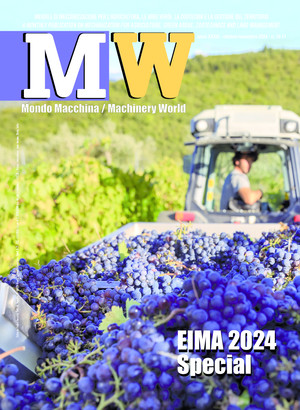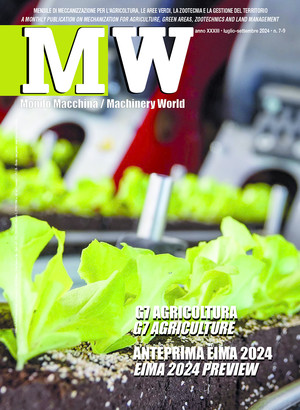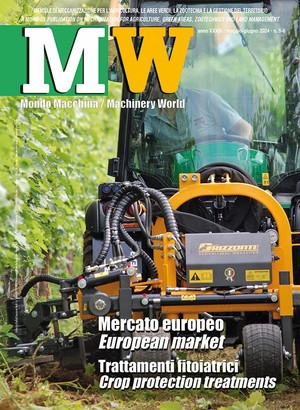
Agricultural machinery, ongoing trends slowing down the Italian market
The national agricultural machinery market closed the first six months of the year with a significant decline for all types of machinery, starting with tractors (-17.3%). The trend is due to the unfavourable economic situation but not to a crisis in demand, that still holds good growth potential
The contraction in sales of agricultural machinery, which was already recorded last year, continues in the first six months of 2024. The registration data for the January-June period, compiled by FederUnacoma based on records provided by the Ministry of Infrastructure and Transport and presented during the Federation's General Assembly, indicate significant declines for all types of machinery. Compared to the same period in 2023, tractor sales have decreased by 15.3%, with 9,800 units sold, while combine harvester sales have dropped by 35,5%, with 200 units registered. There is also a decline for tractors with loading platforms, which have decreased by -20.3% (330 units), and for trailers, which have managed to limit the losses to 1,9% (4,800 units). It has not been better for telescopic handlers, a category of machines that had seen significant sales growth in previous years, but in the first part of 2024 has been penalised by the unfavourable economic situation. By the end of June, registrations had stalled at 612 units, marking a -18.7% decrease compared to the same period in 2023.
The slowdown in the Italian market for agricultural technologies comes after the strong growth recorded in the 2021-2022 biennium, driven by public incentives for the digitalisation of the primary sector. The progressive decline in incentives for 4.0 technologies—still available but with less favourable financing conditions—and the delay in implementing the incentive tools provided by the PNRR (€400 million for precision agriculture and new engines), combined with the decline in agricultural incomes, have significantly impacted the sector's dynamics over the past 18 months.
The slowdown in the national agri-mechanical sector appears to be due to cyclical factors rather than a genuine decline in domestic demand. Domestic demand, on the other hand, continues to be strong, although it is largely met through the used machinery market. Out of a total of 70,000 tractors registered in 2023, as many as 53,000 were second-hand, while only the remaining 17,000 were brand new machines. This is a phenomenon that has been ongoing for several years - noted the association of manufacturers - and it is cause for concern, as it involves older machinery with an average age of over 22 years, unable to meet the most advanced standards of productivity, safety, and sustainability. For a strategic sector like agriculture, the presence of such a high number of obsolete machines is a critical issue that also risks undermining recent initiatives aimed at facilitating the introduction of innovative practices.








